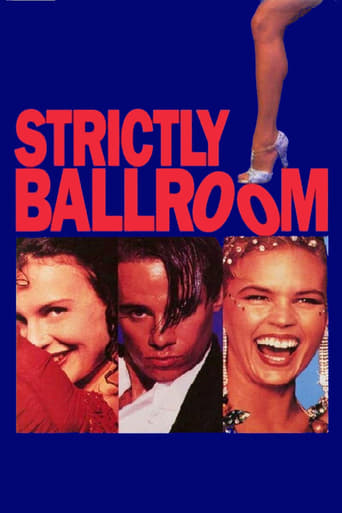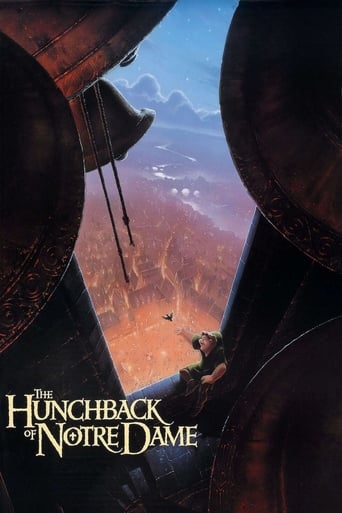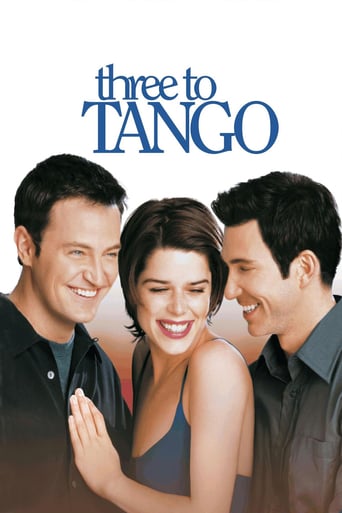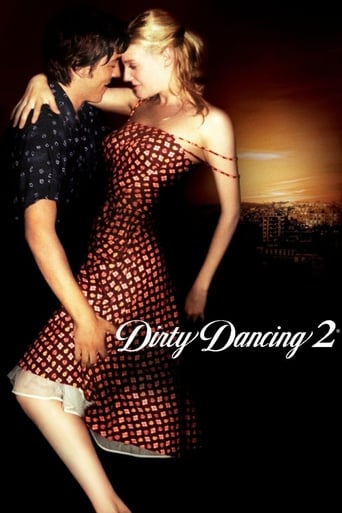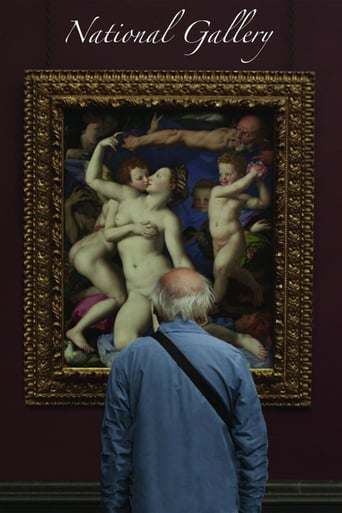
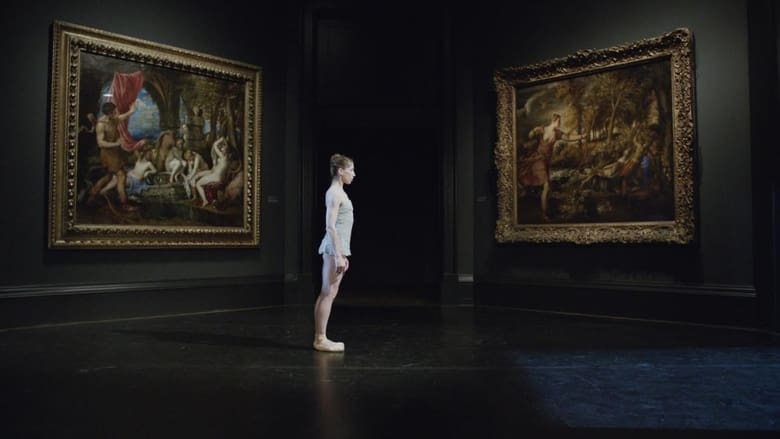
National Gallery (2014)
A portrait of the day-to-day operations of the National Gallery of London, that reveals the role of the employees and the experiences of the Gallery's visitors. The film portrays the role of the curators and conservators; the education, scientific, and conservation departments; and the audience of all kinds of people who come to experience it.
Watch Trailer
Cast
Similar titles
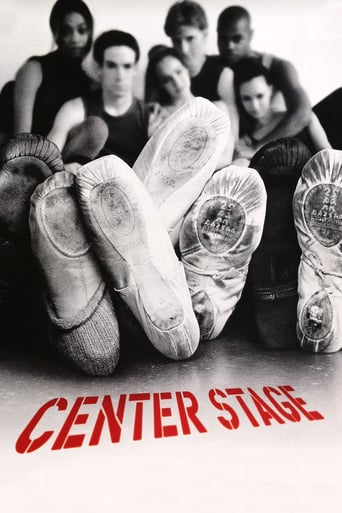

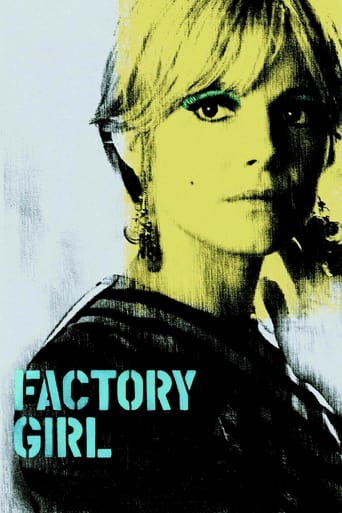
Reviews
Such a frustrating disappointment
Good films always raise compelling questions, whether the format is fiction or documentary fact.
The film creates a perfect balance between action and depth of basic needs, in the midst of an infertile atmosphere.
Each character in this movie — down to the smallest one — is an individual rather than a type, prone to spontaneous changes of mood and sometimes amusing outbursts of pettiness or ill humor.
For a 3 hour documentary about the National Gallery, this is oddly compelling. I'm really not sure how this got on my watch list, but I'm glad it did. I first visited the National Gallery in my mid-teens. It felt stuffy and I got bored quickly. The art didn't grab me the way things did at The Tate, but I can still recall the feeling of looking at some of those masters and although not thinking 'that looks ace', it was impressive. It's nice to see here that there's voices running the gallery that want to open the gallery to appeal more to the public. This of course being 'proper art' that everyone can think 'well that's good, I can't paint like that', as apposed to the opposite reaction levied at modern art. Not everyone wants that though, there's still the undercurrent of an elitist element present which is frustrating. Some of the nicest stuff in this is the viewers stood looking at the paintings, you experiencing their fascination through their fixation. Especially the packed crowds for the Da Vinci exhibition. The hushed walla through the rooms, people gawking and picking apart the paintings as people have done for hundreds of years. There's some really cool stuff, artwork transferred into almost Braille like pieces for the blind to enjoy, absolutely fabulous! As is the tour guide down on floor with a group of really young kids, telling them about the paintings around them, bustling with energy and enthusiasm. Not least this works simply for the explanation of the exhibits. The stories behind them bringing them to life. The restoration stuff is mind boggling too and sadly isn't covered enough, it's also ironically very much all surface with little explanation to the process... although the X-ray stuff on a Rembrandt is cool and the stuff that's not explained is still very relaxing to watch. Instead there's some behind the scenes stuff which is exceptionally dry. Unedited meetings about how they deal with the London Marathon finishing on their doorstep and how they deal with charitable requests. It's stuff like this that pushes the duration to the 3 hour mark and it's far from entertaining, but it seems the choice has been made to put it all out there for the viewer to muse over... much like the art on the walls. There's some delightful bits though, the art historian filming a piece to camera talking about a Turner, the lighting experts talking about compositions dictated by natural light before we had electricity and the bloke struggling to talk about carving ebony picture frames that reminded Anne* of Porky Pig. Depressingly in another meeting there's talk of budgets, caps on spending, staff reductions and palpable concern over what the future may bring. The figures mentioned are pretty epic, but then as art institutions go, this one is epic. It's been a while. I think I need to go back and visit again.
This film is composed of snippets of life inside the National Gallery. There is no narrator or text to provide an overall chronology or identification of who's who and what's what. I found this to be a little distracting. I kept wanting to know more about the people and activities being presented. Who was that man speaking at the meeting? What was that substance the conservator was using? I would loose focus on the next scene while thinking about those questions. Overall the film was very interesting but not very informative. I like documentaries to be both. And I think documentaries are most successful when they are both.
If you are familiar with Wiseman's work, you know that he is a true documentarian. No Michael Moore-type bias, no opinions, just a pure document for you to do with what you will. I enjoyed every minute and learned much about the day-to-day life in London's National Gallery. I loved the staff lectures on different paintings, the restoration sections were fascinating, and even the board meetings were interesting (even though I hate meetings in real life LOL).I'm only sorry Frederick Wiseman is getting older and cannot be with us for another 80 years so he can make even more documentaries. Brilliant, beautiful, sublime .
Frederick Wiseman's new documentary NATIONAL GALLERY runs three hours; three hours of dissecting and analyzing the workings of one of the world's great Museums - the National Gallery in London England. Probing paintings' meaning and content; structure and design; the decisions involved in the way venerated and treasured works of art are conserved, restored, cleaned, lit and hung. We also are privy to the voices of the docents, curators, and staff talking about specific artworks connecting their audiences to the aesthetics, beauty, history, and science of conservation; the various pathways a painting takes from its original creation; its entry into various collections, and finally to its safe-keeping for posterity in the National Gallery Museum. We even listen to Nicholas Penny, the rumpled-haired Museum Director in a lecture taking a stab at Poussin - admitting that he is not sure if he likes the work, but is always intrigued by it. Questions of elitism and exclusivity vs.accessibility and egalitarianism in light of budgetary considerations are discussed at meetings; there are lots of meetings. The film might have edited out some of the discussions - but I felt that the prosaic, the boring, the everyday-ness was worth observing. The running of a museum is not always glamorous. The decisions that establishments have to make in order to grip the public's interest - what lengths do they go to attract visitors, and at what price to their institution? Wiseman just lets his camera roll; he never uses "voice overs". His working method and vitality at age 84 is unchanged - not intrusive - the filmmaker is always invisible - interviews are conducted by others. Frederick Wiseman lets us be the proverbial "fly on the wall" in a space that ordinarily would be bug-proof.I loved watching one of the restorers discussing the cleaning of Velasquez' Christ in The House of Martha and Mary and passionately ponder the dilemma - do we over-strip the varnish used 100's of years ago and thereby brighten and change the artists' original intent? Ethical problems and compromises come into question. An in-house construction of a triptychs' impressive frame delicately carved by the crafts-men and women associated with the Museum, and the lighting of the finished piece held me spellbound, as did the issue of a cast shadow obscuring the top 1/4 of the painting once the work was installed. We also pay heed to restorers scraping away tiny slivers of paint with scalpels, Q-tips, eye-droppers, etc. and then put the minuscule paint shavings on a slide tray to be placed under a microscope to be scrutinized - to be thoroughly examined yielding a plethora of information; new scientific techniques today make this kind of investigation possible. We mark the fragility of time's passing on art realizing that there are effects that you have to live with, and guard against, but ultimately methodical and deductive technical intervention will be called upon to "save" the work from aging and deterioration.The camera also takes us outside the Museum with aerial views of Trafalgar Square lit by the grays of daylight to the shimmering of the early darkness -focusing on the diverse community waiting patiently in the cold to to see the Da Vinci exhibition "Painter at the Court of Milan" (2012.) We are never far away from the human response to art - the intensity of the onlooker's gaze, the curiosity, confusion, delight, horror and interior peace that art can inculcate.Other blockbusters such as "Turner Inspired by the light of Claude" and "Metamorphosis: Titian 2012" are exhibitions that we are fortunate to attend and hear curators/docents of varying sizes, ages and accents advocating for art's fascination and magnetism; confronting us with their disparate styles - some humorous, others psychoanalytical - all informative. Each artwork has a presence with an individual history and personal narrative imprinted on its essence - like life itself this movie is thrilling, enigmatic, complex and a singular jewel.


